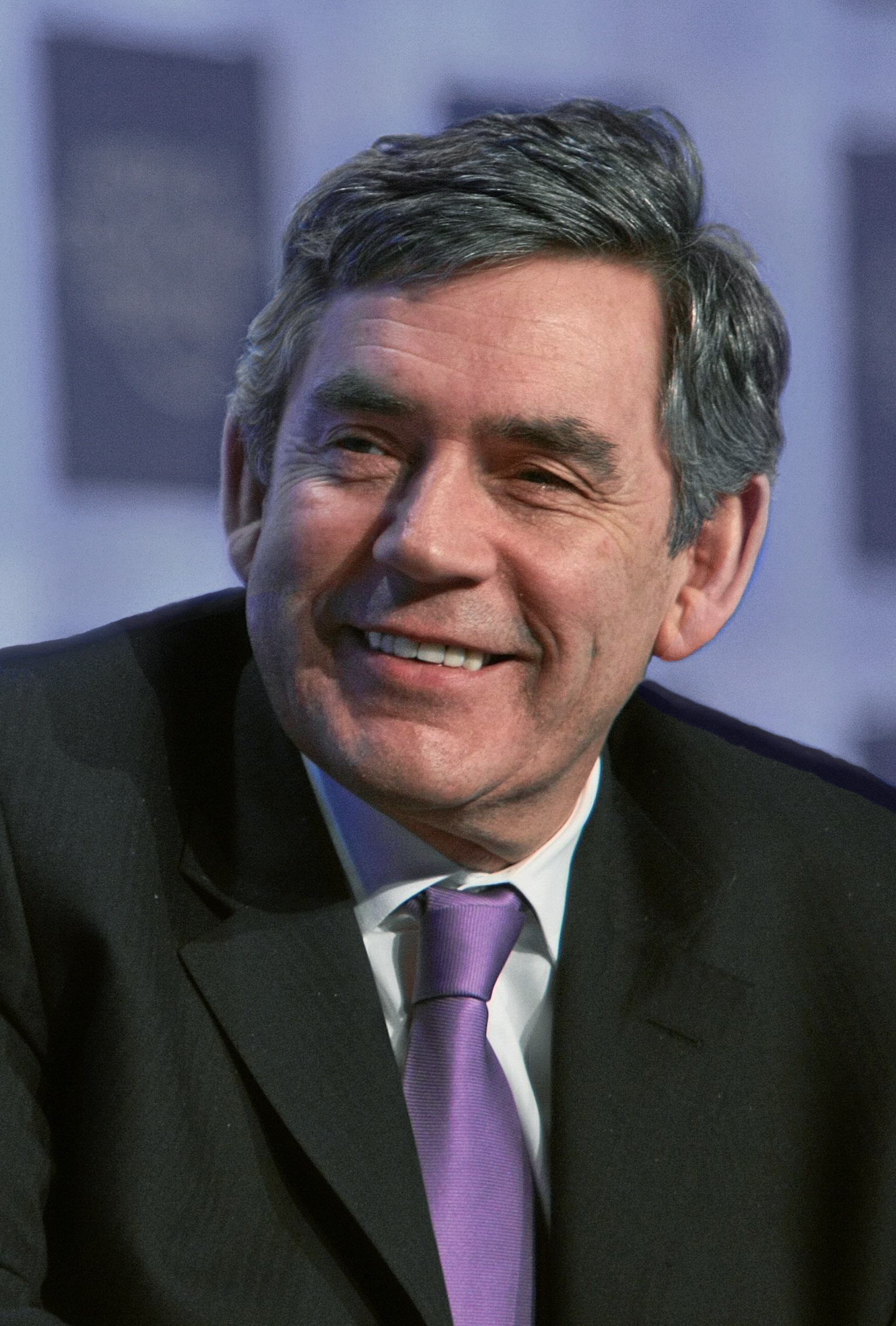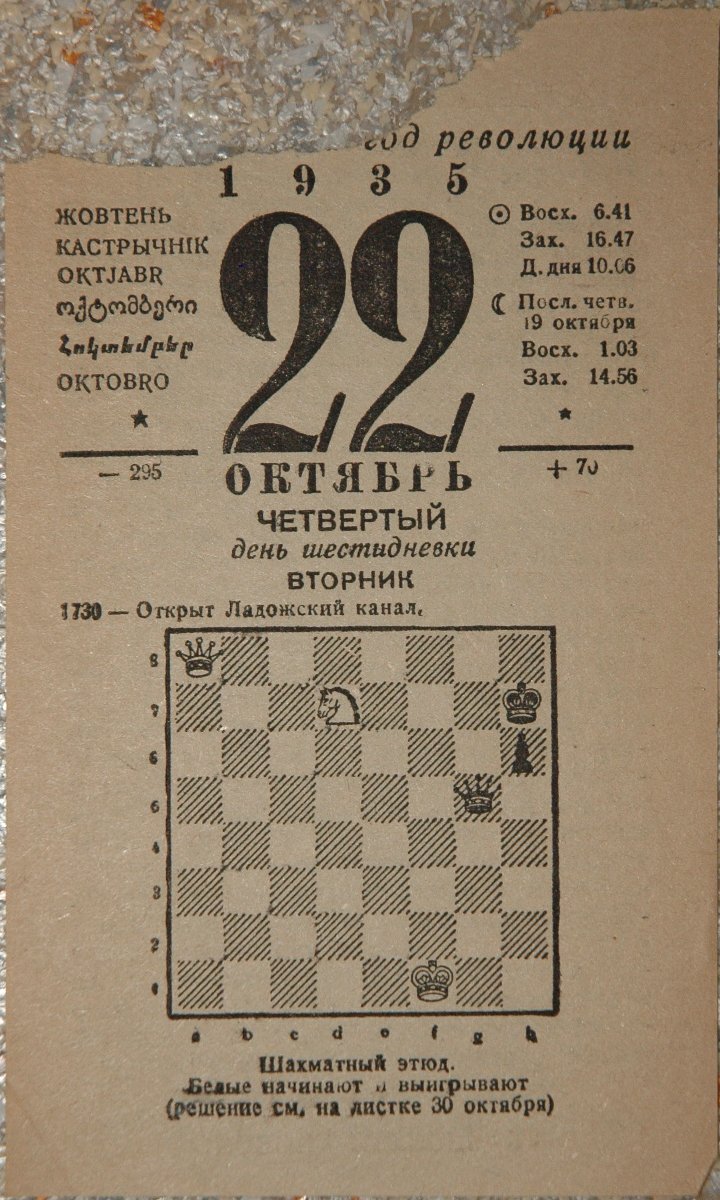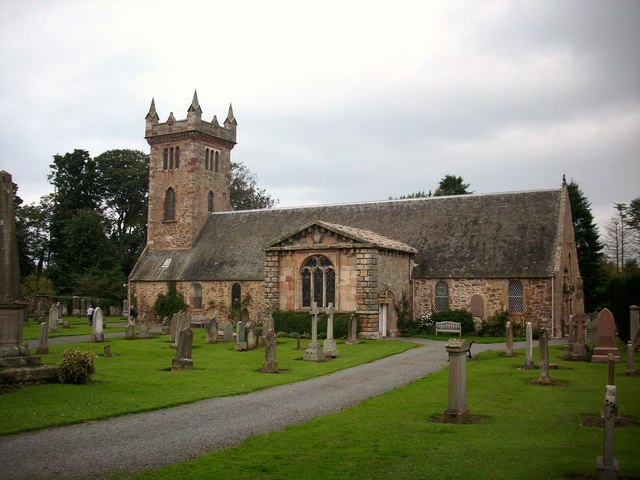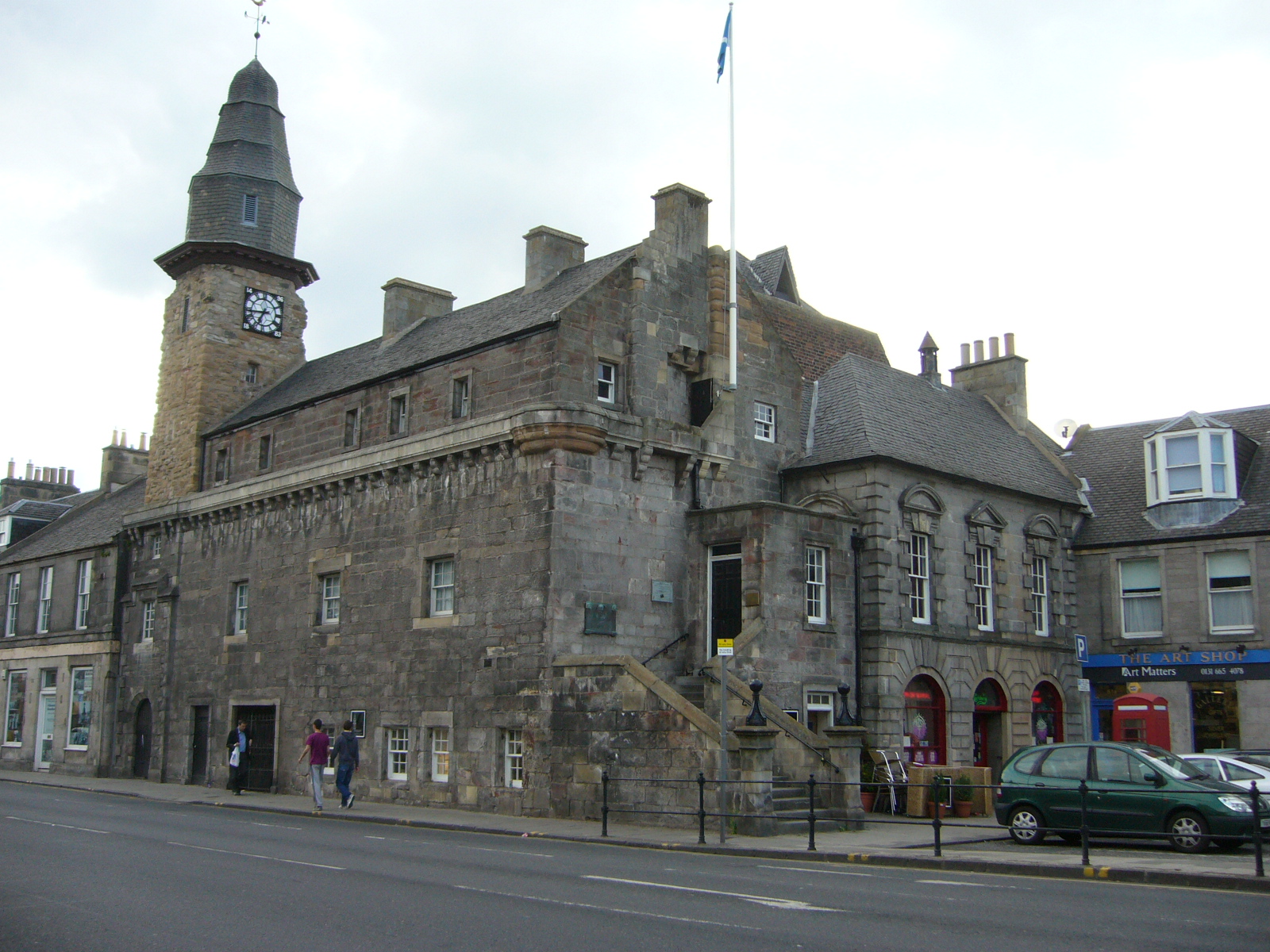|
Ellice Horsburgh
Ellice Martin Horsburgh FRSE AMICE (1870 – 28 December 1935) was a Scottish mathematician and engineer. He was an expert on numismatics and a skilled photographer. Life He was born in Kelso in 1870, the son of Ellen Sarah Vost and the Rev Andrew Horsburgh, a preacher and missionary in India. He was educated at the Collegiate School, 27/28 Charlotte Square in Edinburgh. He then trained for the Indian Civil Service with Wren and Gurney but, falling very ill, was instructed to go to Australia to improve his health. During this sea journey he became interested in navigational mathematics. He arrived at Melbourne during a financial panic and then got mixed up in the Coolgardie Gold Rush of 1892. After two years of little success as a gold miner he returned to Scotland in 1894. He then went to the University of Edinburgh where he graduated MA BSc in engineering in 1897. He gained a further BSc in mathematics and natural philosophy (physics) in 1899. He began lecturing in electr ... [...More Info...] [...Related Items...] OR: [Wikipedia] [Google] [Baidu] |
FRSE
Fellowship of the Royal Society of Edinburgh (FRSE) is an award granted to individuals that the Royal Society of Edinburgh, Scotland's national academy of science and Literature, letters, judged to be "eminently distinguished in their subject". This society received a royal charter in 1783, allowing for its expansion. Elections Around 50 new fellows are elected each year in March. there are around 1,650 Fellows, including 71 Honorary Fellows and 76 Corresponding Fellows. Fellows are entitled to use the post-nominal letters FRSE, Honorary Fellows HonFRSE, and Corresponding Fellows CorrFRSE. Disciplines The Fellowship is split into four broad sectors, covering the full range of physical and life sciences, arts, humanities, social sciences, education, professions, industry, business and public life. A: Life sciences * A1: Biomedical and cognitive sciences * A2: Clinical sciences * A3: Organismal and environmental biology * A4: Cell and molecular biology B: Physical, enginee ... [...More Info...] [...Related Items...] OR: [Wikipedia] [Google] [Baidu] |
Thomas Hudson Beare
Sir Thomas Hudson Beare FRSE RSSA (30 June 1859 – 10 June 1940) was a British engineer. He was successively Professor of Engineering at Heriot-Watt University, Edinburgh, at University College, London (where he was a colleague of Karl Pearson), and Regius Professor of Engineering at the University of Edinburgh. Life Beare was born in Adelaide, South Australia, the son of Thomas Hudson Beare ( – November 1861) of Netley, Hampshire, who arrived in South Australia aboard ''Duke of York'' in July 1836 and his second wife Lucy Beare, née Bull ( – 15 September 1887), who arrived aboard ''Canton'' in May 1838. He was educated at Prince Alfred College and the University of Adelaide, where he was awarded the first South Australian Scholarship, before going to University College London to complete his studies. In 1884, he joined the staff of University College, London, and worked for Professor Alexander Kennedy in various teaching and engineering roles. In 1885, he married ... [...More Info...] [...Related Items...] OR: [Wikipedia] [Google] [Baidu] |
Scottish Electrical Engineers
Scottish usually refers to something of, from, or related to Scotland, including: *Scottish Gaelic, a Celtic Goidelic language of the Indo-European language family native to Scotland *Scottish English *Scottish national identity, the Scottish identity and common culture *Scottish people, a nation and ethnic group native to Scotland * Scots language, a West Germanic language spoken in lowland Scotland * Symphony No. 3 (Mendelssohn), a symphony by Felix Mendelssohn known as ''the Scottish'' See also *Scotch (other) *Scotland (other) *Scots (other) *Scottian (other) *Schottische The schottische is a partnered country dance that apparently originated in Bohemia. It was popular in Victorian-era ballrooms as a part of the Bohemian folk-dance craze and left its traces in folk music of countries such as Argentina (Spanish ... * {{disambiguation Language and nationality disambiguation pages ca:Escocès ... [...More Info...] [...Related Items...] OR: [Wikipedia] [Google] [Baidu] |
Alumni Of The University Of Edinburgh
This is a list of notable graduates as well as non-graduate former students, academic ranks in the United Kingdom, academic staff, and university officials of the University of Edinburgh in Scotland. It also includes those who may be considered alumni by extension, having studied at institutions that later merged with the University of Edinburgh. The university is associated with 20 Nobel Prize laureates, three Turing Award winners, an Abel Prize laureate and Fields Medallist, four Pulitzer Prize winners, three List of prime ministers of the United Kingdom by education, Prime Ministers of the United Kingdom, and several Olympic Games, Olympic gold medallists. Government and politics Heads of state and government United Kingdom Cabinet and Party Leaders Scottish Cabinet and Party Leaders Current Members of the House of Commons * Douglas Alexander, MP for Lothian East (UK Parliament constituency), Lothian East * Catherine Atkinson, MP for Derby North (UK Parliament ... [...More Info...] [...Related Items...] OR: [Wikipedia] [Google] [Baidu] |
People From Kelso, Scottish Borders
The term "the people" refers to the public or Common people, common mass of people of a polity. As such it is a concept of human rights law, international law as well as constitutional law, particularly used for claims of popular sovereignty. In contrast, a people is any plurality of Person, persons considered as a whole. Used in politics and law, the term "a people" refers to the collective or community of an ethnic group or nation. Concepts Legal Chapter One, Article One of the Charter of the United Nations states that "peoples" have the right to self-determination. Though the mere status as peoples and the right to self-determination, as for example in the case of Declaration on the Rights of Indigenous Peoples, Indigenous peoples (''peoples'', as in all groups of indigenous people, not merely all indigenous persons as in ''indigenous people''), does not automatically provide for independence, independent sovereignty and therefore secession. Indeed, judge Ivor Jennings i ... [...More Info...] [...Related Items...] OR: [Wikipedia] [Google] [Baidu] |
1935 Deaths
Events January * January 7 – Italian premier Benito Mussolini and French Foreign Minister Pierre Laval conclude an agreement, in which each power agrees not to oppose the other's colonial claims. * January 12 – Amelia Earhart becomes the first person to successfully complete a solo flight from Hawaii to California, a distance of . * January 13 – A plebiscite in the Territory of the Saar Basin shows that 90.3% of those voting wish to join Germany. * January 24 – The first canned beer is sold in Richmond, Virginia, United States, by Gottfried Krueger Brewing Company. February * February 6 – Parker Brothers begins selling the board game Monopoly in the United States. * February 13 – Richard Hauptmann is convicted and sentenced to death for the kidnapping and murder of Charles Lindbergh Jr. in the United States. * February 15 – The discovery and clinical development of Prontosil, the first broadly effective antibiotic, is published in a series of artic ... [...More Info...] [...Related Items...] OR: [Wikipedia] [Google] [Baidu] |
1870 Births
Events January * January 1 ** The first edition of ''The Northern Echo'' newspaper is published in Priestgate, Darlington, England. ** Plans for the Brooklyn Bridge are completed. * January 3 – Construction of the Brooklyn Bridge begins in New York City. * January 6 – The ''Musikverein'', Vienna, is inaugurated in Austria-Hungary. * January 10 – John D. Rockefeller incorporates Standard Oil. * January 15 – A political cartoon for the first time symbolizes the United States Democratic Party with a donkey (''A Live Jackass Kicking a Dead Lion'' by Thomas Nast for ''Harper's Weekly''). * January 23 – Marias Massacre: U.S. soldiers attack a peaceful camp of Piegan Blackfeet Indians, led by chief Heavy Runner. * January 26 – Reconstruction Era (United States): Virginia rejoins the Union. This year it adopts a Constitution of Virginia#1870, new Constitution, drawn up by John Curtiss Underwood, expanding suffrage to all male citizens over 21, in ... [...More Info...] [...Related Items...] OR: [Wikipedia] [Google] [Baidu] |
East Lothian
East Lothian (; ; ) is one of the 32 council areas of Scotland, as well as a Counties of Scotland, historic county, registration county and Lieutenancy areas of Scotland, lieutenancy area. The county was called Haddingtonshire until 1921. In 1975, the historic county was incorporated for local government in Scotland, local government purposes into Lothian Regional Council, Lothian Region as East Lothian District, with some slight alterations of its boundaries. The Local Government etc. (Scotland) Act 1994 later created East Lothian as one of 32 modern council areas. East Lothian lies south of the Firth of Forth in the eastern central Lowlands of Scotland. It borders Edinburgh to the west, Midlothian to the south-west and the Scottish Borders to the south. Its administrative centre and former county town is Haddington, East Lothian, Haddington while the largest town is Musselburgh. Haddingtonshire has ancient origins and is named in a charter of 1139 as ''Hadintunschira'' and ... [...More Info...] [...Related Items...] OR: [Wikipedia] [Google] [Baidu] |
Dirleton Kirk
Dirleton Kirk is a church in the village of Dirleton, in East Lothian, Scotland. The church (at ) is to the north of the village green. Dirleton lies on the south shore of the Firth of Forth 21 miles east of Edinburgh and two miles west of North Berwick, slightly north of the A198 road. Early Christianity in the Parish now known as Dirleton image:St Andrews Kirk.jpg, Ruined St. Andrews Kirk, Gullane Before 1612, the parish church was the 12th century St. Andrews Church at Gullane, or Golyn as it was then named. A cell of Cistercians, Cistercian nuns was believed to be active near the old church at Gullane in the 12th century while another house of cistercians was founded at the lost village of Eldbottle. The ancient house of Congalton founded a chapel at Congalton in the 12th century for the 'ease of their family and others who lived there'. Also in the 12th century, a religious establishment was founded at Fidra, an island off Dirleton; that chapel or priory was dedicated t ... [...More Info...] [...Related Items...] OR: [Wikipedia] [Google] [Baidu] |
Musselburgh
Musselburgh (; ; ) is the largest settlement in East Lothian, Scotland, on the coast of the Firth of Forth, east of Edinburgh city centre. It had a population of as of . History The name Musselburgh is Old English language, Old English in origin, with ''mussel'' referring to Mussel, the shellfish.Musselburgh was famous for the mussel beds which grew in the Firth of Forth; after many years of claims that the mussels were unsafe for consumption, a movement has been started to reestablish the mussel beds as a commercial venture. The ''burgh'' element appears to derive from burh, in the same way as Edinburgh, before the introduction of formal burghs by David I of Scotland, David I. Its earliest Anglic name was ''Eskmuthe'' (Eskmouth) for its location at the mouth of the River Esk, Lothian, River Esk. Musselburgh was first settled by the Roman Britain, Romans in the years following their invasion of Scotland in 80 AD. They built a Inveresk Roman Fort, fort a little inland f ... [...More Info...] [...Related Items...] OR: [Wikipedia] [Google] [Baidu] |
Cargill Gilston Knott
Cargill Gilston Knott FRS, FRSE LLD (30 June 1856 – 26 October 1922) was a Scottish physicist and mathematician who was a pioneer in seismological research. He spent his early career in Japan. He later became a Fellow of the Royal Society, Secretary of the Royal Society of Edinburgh, and President of the Scottish Meteorological Society. Biography Knott was born in Penicuik, Midlothian, the son of Pelham Knott, an agent for a paper manufacturer and his wife Ellen. His paternal uncle was the artist Tavernor Knott. He was educated at Arbroath High School in Angus, and attended the University of Edinburgh, where he studied alongside James Alfred Ewing. He worked on various aspects of electricity and magnetism, obtaining his doctorate in 1879. He was appointed as an assistant in Natural Philosophy at the University of Edinburgh in 1879, and held this post until 1883, when he left to take up a post at Tokyo Imperial University. He was elected as a Fellow of the Royal Society ... [...More Info...] [...Related Items...] OR: [Wikipedia] [Google] [Baidu] |
Charles Tweedie
Charles Tweedie FRSE (27 June 186814 September 1925) was a Scottish mathematician and mathematical historian. Life Tweedie was born in Swinton on 27 June 1868, the son of Charlotte Lugton (1836–1909) and George Tweedie (1837–1905) a schoolmaster originally from Cleish. He was from a large family, and his older brother, David Tweedie (b. 1865), was also a mathematician, who worked mainly in Egypt. He was educated at Swinton Parish School and then George Watson's College in Edinburgh. He won the Sibbald Scholarship to study mathematics and physics at the University of Edinburgh. Here he was trusted enough by Professor George Chrystal to assist with the editing of Chrystal's textbook on algebra. Tweedie graduated with an MA BSc with honours in 1890. He won the Bruce of Grangehill Bursary which allowed him to undertake postgraduate study at the University of Göttingen 1890/91 and University of Berlin 1891/92. In the autumn of 1892 he became an assistant in the mathemati ... [...More Info...] [...Related Items...] OR: [Wikipedia] [Google] [Baidu] |





